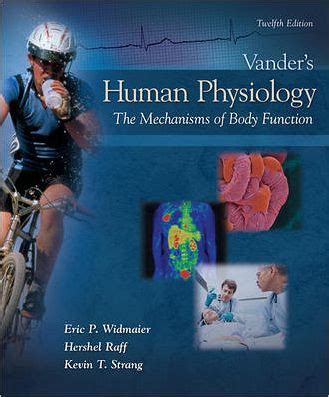Human physiology is the scientific study of the structure and function of the human body. It encompasses a vast array of topics, from the cellular level to the whole organism. Understanding human physiology is essential for comprehending how our bodies work and how to maintain optimal health.

Human Physiology by the Numbers
- 206 bones: Form the skeletal system, providing support, protection, and movement.
- 650 muscles: Enable movement, posture, and other bodily functions.
- 100 trillion cells: Make up the human body, each with specific functions.
- 5 liters (1.3 gallons) of blood: Circulates throughout the body, delivering oxygen, nutrients, and immune cells.
- 8 million red blood cells: Carry oxygen throughout the bloodstream.
Key Physiological Systems
Human physiology can be divided into several key systems, each with its own unique functions:
Integumentary System: Includes the skin, hair, and nails, providing protection, temperature regulation, and sensory perception.
Skeletal System: Consists of bones and joints, providing support, movement, blood cell production, and mineral storage.
Muscular System: Comprises muscles, which enable movement, generate heat, and maintain posture.
Nervous System: Includes the brain, spinal cord, and nerves, controlling bodily functions, sensations, and thoughts.
Endocrine System: Involves glands that secrete hormones, regulating various bodily processes such as growth, metabolism, and reproduction.
Cardiovascular System: Consists of the heart and blood vessels, transporting oxygen, nutrients, and waste products throughout the body.
Respiratory System: Includes the lungs and respiratory tract, facilitating gas exchange between the body and the environment.
Digestive System: Processes food, absorbs nutrients, and excretes waste.
Urinary System: Filters waste products from the blood, producing urine and eliminating it from the body.
Reproductive System: Responsible for reproduction, including the production of sperm and eggs and the development of a fetus.
Innovative Applications of Human Physiology
Biomimetics: Emulating natural physiological processes to develop new technologies, such as self-healing materials inspired by the human body’s wound-healing mechanisms.
Personalized Medicine: Using individual genetic and physiological information to tailor treatments and prevent disease.
Wearable Technologies: Monitoring physiological parameters such as heart rate, blood glucose, and activity levels to promote health and well-being.
Bioprinting: Utilizing 3D printing techniques to create tissues and organs for medical applications, such as tissue repair and organ transplants.
Tables for Easy Reference
Table 1: Major Physiological Systems
| System | Function |
|---|---|
| Integumentary | Protection, temperature regulation, sensory perception |
| Skeletal | Support, movement, blood cell production, mineral storage |
| Muscular | Movement, generate heat, maintain posture |
| Nervous | Control bodily functions, sensations, thoughts |
| Endocrine | Regulate bodily processes through hormones |
| Cardiovascular | Transport oxygen, nutrients, and waste |
| Respiratory | Gas exchange between body and environment |
| Digestive | Process food, absorb nutrients, excrete waste |
| Urinary | Filter waste products, produce urine |
| Reproductive | Responsible for reproduction |
Table 2: Physical Properties of the Human Body
| Property | Value |
|---|---|
| Average height (adults) | 5 feet 9 inches (1.75 meters) |
| Average weight (adults) | 160 pounds (73 kilograms) |
| Body water content | 55-60% |
| Body fat content (healthy adults) | 15-25% |
| Basal metabolic rate (adults) | 1,200-1,800 calories per day |
Table 3: Key Physiological Measurements
| Measurement | Normal Range |
|---|---|
| Heart rate | 60-100 beats per minute |
| Respiratory rate | 12-20 breaths per minute |
| Blood pressure | 120/80 mmHg (millimeters of mercury) |
| Body temperature | 97.6-99.6°F (36.4-37.6°C) |
| Blood glucose level (fasting) | 70-100 mg/dL (milligrams per deciliter) |
Table 4: Tips for Maintaining Optimal Health
| Tip | Benefits |
|---|---|
| Engage in regular physical activity | Improves cardiovascular health, reduces risk of chronic diseases |
| Eat a balanced diet | Provides essential nutrients, prevents nutrient deficiencies |
| Get enough sleep | Supports cognitive function, promotes physical recovery |
| Manage stress | Reduces risk of stress-related illnesses, promotes well-being |
| Schedule regular checkups | Detects and prevents health issues |
